
When Should You Worry About Your Dog Limping? Signs to See an Orthopaedic Vet
Dogs, just like humans, can suffer from sprains, joint issues, or even more serious orthopaedic conditions. As loving owners, it can be worrying to see

Dogs, just like humans, can suffer from sprains, joint issues, or even more serious orthopaedic conditions. As loving owners, it can be worrying to see

Owning a pet is one of life’s greatest joys, but it also comes with responsibilities—ensuring your pet stays healthy is one of the biggest. One
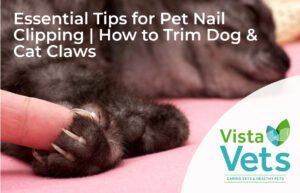
Trimming your pet’s nails—whether it’s your dog or cat—can feel intimidating if you’re not used to it. However, regular nail trimming is crucial for your
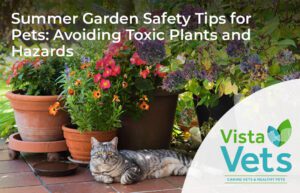
As summer approaches, many pet owners look forward to spending quality time in their gardens with their beloved pets. However, it’s crucial to be aware
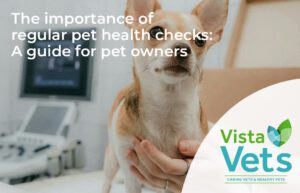
Our pets bring boundless joy and companionship into our lives. From wagging tails to soothing purrs, they fill our homes with warmth and love. As

Heatstroke in dogs As temperatures rise during the summer, we’re able to get out and enjoy the longer days and beautiful weather with our dogs.
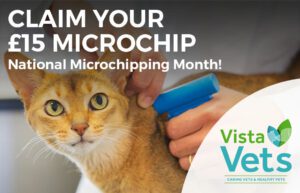
June is National microchipping month! With the law for cats changing in 2024 and still so many pets not microchipped, we have decided that an
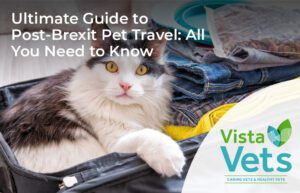
As the UK has now left the European Union rules on pet travel changed on 1st January 2021. Pet Passports have been replaced by Animal

What is neutering? Neutering is a surgical way to stop reproduction. In males it’s called castration and in females it’s called spaying. During castration both
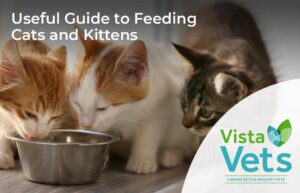
Making sure your cat has the best diet goes a long way to keeping them healthy and happy for the longest time possible. If your
Sign up below to receive your £20 voucher for vista vets.
Plus, you’ll be the first to receive news and special offers.